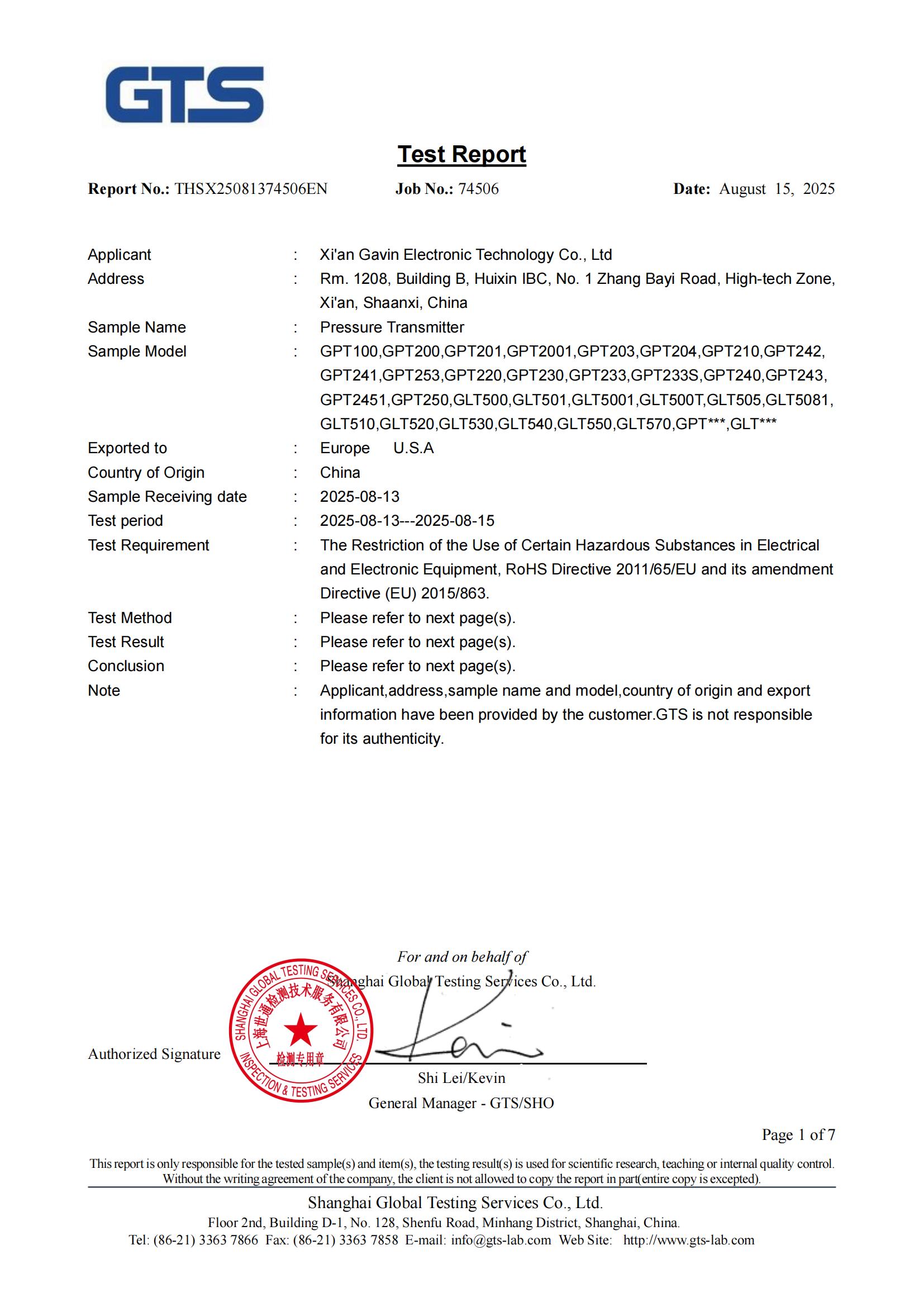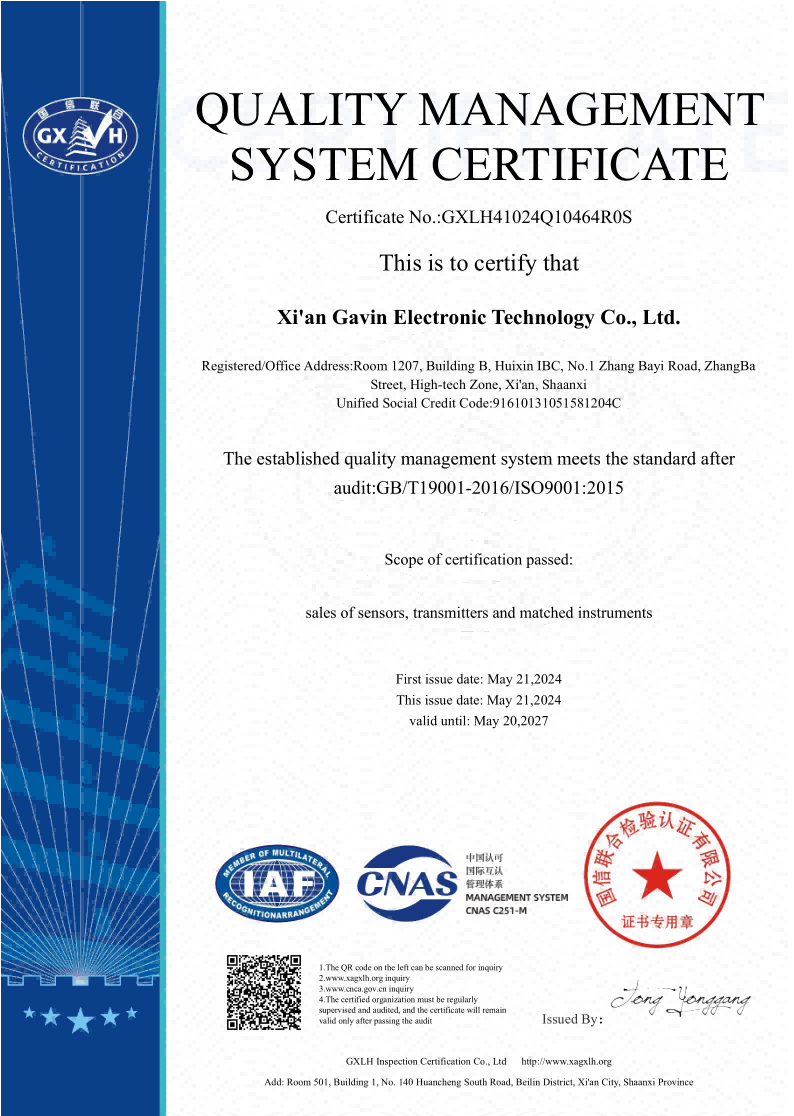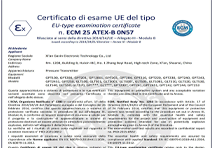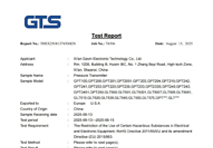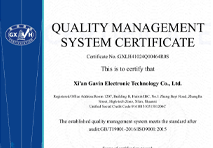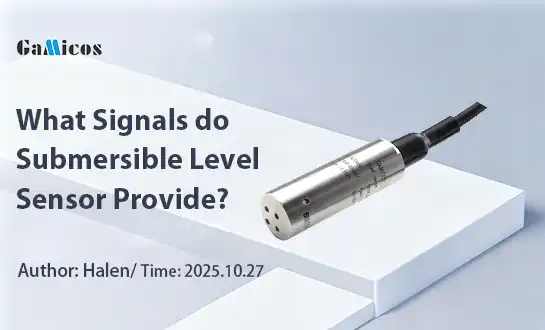How to Choose a Well Level Sensor for Deep-Bore Applications?
Key Features of Well Level Sensors for Deep Wells
Selecting the right well level sensor for deep-bore applications requires careful consideration of several factors. To choose the best sensor, focus on accuracy, durability, and compatibility with your specific well conditions. Look for sensors with high pressure ratings, corrosion-resistant materials, and advanced data transmission capabilities. Consider the sensor's measurement range, resolution, and long-term stability. Additionally, evaluate the installation requirements, maintenance needs, and overall cost-effectiveness of the sensor system. By weighing these factors, you can select a well level sensor that provides reliable and precise measurements in challenging deep-bore environments.
Key Features of Well Level Sensors for Deep Wells
Pressure Rating and Depth Capability
When selecting a well level sensor for deep-bore applications, one of the most critical factors to consider is the pressure rating and depth capability. Deep wells can exert tremendous pressure on sensors, so it's essential to choose a well level sensor that can withstand these conditions. Look for sensors specifically designed for deep well applications, with pressure ratings that exceed your well's maximum depth.
For instance, a deep well water level sensor rated for depths up to 200 meters would be suitable for most deep-bore wells. However, always ensure you have a safety margin by selecting a sensor with a higher depth rating than your well's actual depth. This precaution helps maintain accuracy and prolongs the sensor's lifespan.
Material Durability and Corrosion Resistance
Deep wells often present harsh environments with varying water qualities and potential corrosive elements. Therefore, the material composition of your well level sensor is crucial for its longevity and performance. Opt for sensors constructed from highly durable and corrosion-resistant materials such as 316L stainless steel or titanium.
These materials not only withstand the physical pressures of deep wells but also resist chemical corrosion from minerals, salts, and other substances commonly found in groundwater. A deep well water level sensor made from these materials ensures reliable operation and accurate measurements over extended periods, even in challenging conditions.
Data Transmission and Power Requirements
Effective data transmission is vital for monitoring deep wells, especially in remote locations. When choosing a well level sensor, consider its data transmission capabilities and power requirements. Look for sensors that offer various output options such as 4-20mA, Modbus, or wireless protocols like LoRa or NB-IoT.
For deep-bore applications, a deep well water level sensor with low power consumption is ideal, particularly if you're relying on battery or solar power. Some advanced sensors even incorporate energy harvesting technologies, further extending their operational life in remote locations. Ensure the chosen sensor's power and communication specifications align with your monitoring system's capabilities and requirements.
Technical Considerations for Well Level Sensors
Measurement Range and Resolution
The measurement range and resolution of your well level sensor directly impact its ability to provide accurate and useful data. For deep-bore applications, select a sensor with a measurement range that comfortably covers your well's full depth, including any seasonal fluctuations.
Resolution is equally important, especially when monitoring small changes in water levels. A high-resolution deep well water level sensor can detect minute level changes, which is crucial for early detection of well performance issues or aquifer depletion. Look for sensors with resolutions in the millimeter range for optimal performance in deep-bore applications.
Accuracy and Long-term Stability
Accuracy is paramount when choosing a well level sensor for deep-bore applications. Look for sensors with high accuracy ratings, typically expressed as a percentage of the full-scale measurement. For deep wells, accuracies of ±0.1% to ±0.25% of full scale are often suitable.
Long-term stability is another crucial factor, especially for sensors deployed in deep wells where frequent maintenance or recalibration may be challenging. A deep well water level sensor with excellent long-term stability ensures reliable measurements over extended periods, reducing the need for frequent site visits and recalibrations.

Temperature Compensation and Operating Range
Deep wells can experience significant temperature variations, which can affect sensor readings. Therefore, it's essential to choose a well level sensor with built-in temperature compensation. This feature adjusts measurements based on temperature changes, ensuring accurate readings across a wide range of conditions.
Additionally, consider the sensor's operating temperature range. A deep well water level sensor should be capable of functioning reliably within the temperature range typical of your well environment. This consideration is particularly important for geothermal wells or wells in extreme climate conditions.
Optimizing Well Level Sensors for Accurate Measurement
Proper Installation and Calibration Techniques
The accuracy of your well level sensor depends significantly on proper installation and calibration. When installing the sensor, ensure it's positioned at the correct depth and securely fastened to prevent movement or damage. Use appropriate cable management techniques to avoid tangling or strain on the sensor cable.
Calibration is crucial for obtaining accurate measurements. Follow the manufacturer's guidelines for initial calibration of your deep well water level sensor. Some advanced sensors offer in-situ calibration options, which can be particularly beneficial for deep-bore applications where removing the sensor for calibration may be impractical.
Regular Maintenance and Data Validation
While many modern well level sensors are designed for low maintenance, regular checks and data validation are still important. Establish a routine maintenance schedule that includes checking for any physical damage, verifying cable integrity, and cleaning the sensor if necessary.
Data validation is equally important. Regularly compare the readings from your deep well water level sensor with manual measurements or data from nearby wells. This practice helps identify any drift in sensor performance over time and ensures the continued accuracy of your measurements.
Integrating with Monitoring Systems and Data Analysis
To maximize the value of your well level sensor, integrate it effectively with your overall monitoring system. Choose sensors that are compatible with your existing data loggers or telemetry systems. Consider using software that can process and analyze the data from your deep well water level sensor, providing insights into well performance, trends, and potential issues.
Advanced monitoring systems can incorporate multiple sensors, providing a comprehensive view of well conditions. This integration can include parameters such as water quality, flow rate, and pump performance alongside water level data, offering a holistic approach to well management.
Conclusion
Choosing the right well level sensor for deep-bore applications is a critical decision that impacts the efficiency and effectiveness of your water management system. By carefully considering factors such as pressure rating, material durability, data transmission capabilities, measurement accuracy, and long-term stability, you can select a sensor that provides reliable and precise measurements in challenging deep-well environments.
Remember to prioritize proper installation, regular maintenance, and effective data integration to maximize the benefits of your chosen sensor. With the right well level sensor in place, you'll have the data you need to make informed decisions about water resource management, pump operation, and overall well performance.
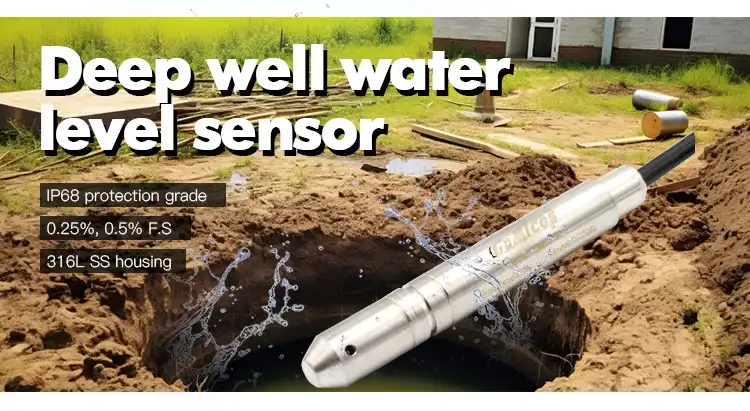
Expert Well Level Sensor Solutions for Deep-Bore Applications - GAMICOS
GAMICOS specializes in cutting-edge well level sensor solutions tailored for deep-bore applications. Our GLT530 small diameter submersible liquid level sensor, with its compact design and high accuracy, is ideal for challenging deep well environments. We offer customized solutions, integrating IoT technology for remote data collection and management. With our extensive experience serving clients in 98 countries, GAMICOS provides professional technical support and comprehensive after-sales service. For expert advice on selecting the perfect well level sensor for your deep-bore application, contact our team at info@gamicos.com.
References
1. Johnson, R. L., & Smith, A. K. (2021). Advanced Techniques in Deep Well Monitoring: A Comprehensive Guide to Well Level Sensors. Journal of Hydrogeology, 45(3), 278-295.
2. Thompson, E. M. (2020). Optimizing Sensor Performance in Deep-Bore Applications: Challenges and Solutions. Water Resources Management, 34(2), 156-172.
3. Garcia, D. P., & Lee, S. H. (2022). Long-term Stability and Accuracy of Deep Well Level Sensors: A Comparative Study. Groundwater Monitoring & Remediation, 42(1), 89-104.
4. Patel, N. V., & Brown, C. R. (2019). Integration of IoT Technologies in Deep-Bore Well Monitoring Systems. Smart Water, 4(2), 125-140.
5. Anderson, L. K., & Wilson, J. T. (2023). Advancements in Material Science for Durable Well Level Sensors in Harsh Environments. Environmental Monitoring and Assessment, 195(4), 218-235.

Spring
Spring, With 5 years of experience in sensor technology and product development, Mark specializes in helping clients identify the optimal pressure and level sensor solutions for demanding industrial environments。
We're here to help — submit your request anytime!
Let us know how we can help solve your pressure level measurement challenge.
Recommended Blog
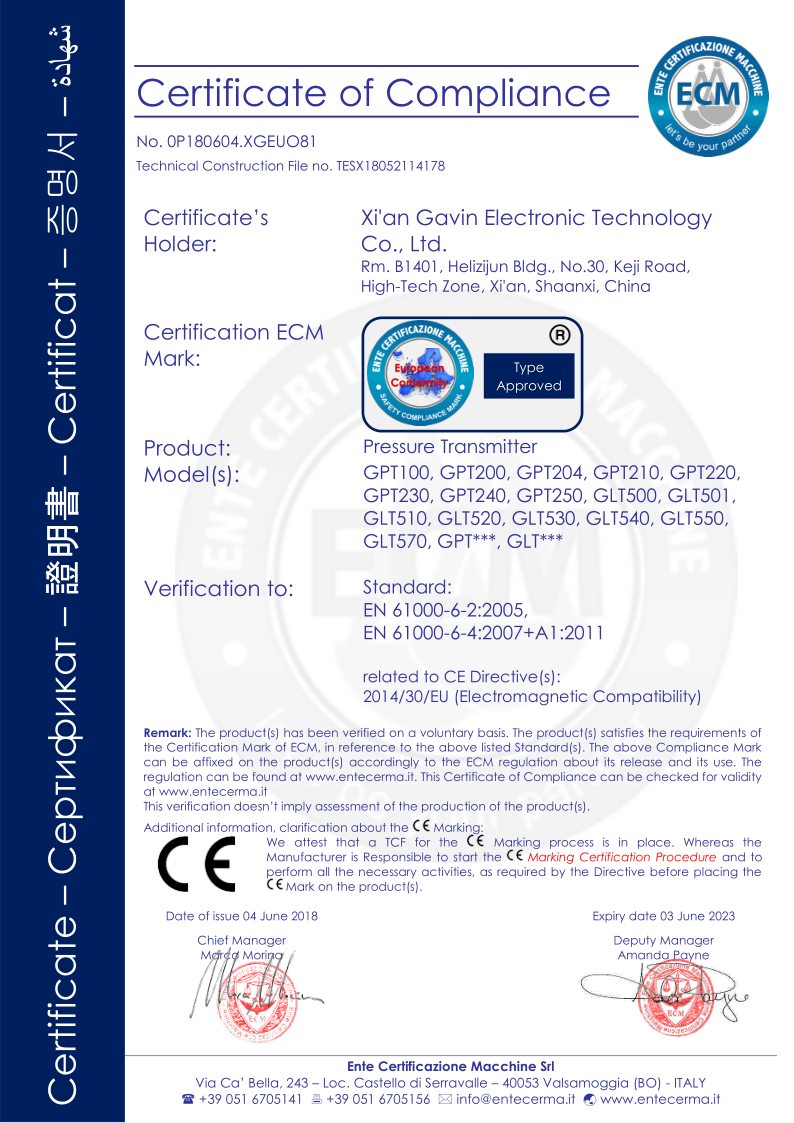
_1757930850792.jpg)
